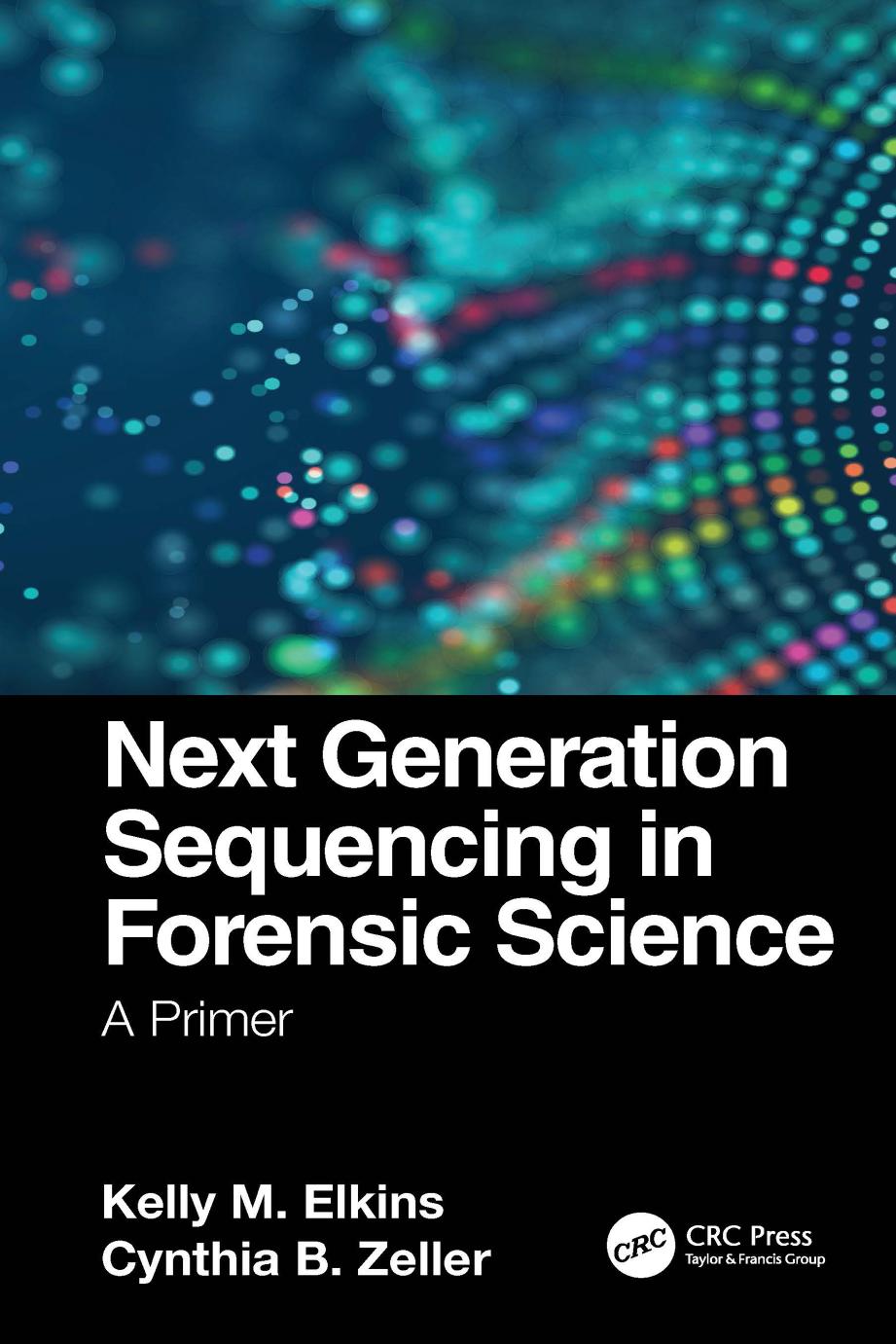

Most ebook files are in PDF format, so you can easily read them using various software such as Foxit Reader or directly on the Google Chrome browser.
Some ebook files are released by publishers in other formats such as .awz, .mobi, .epub, .fb2, etc. You may need to install specific software to read these formats on mobile/PC, such as Calibre.
Please read the tutorial at this link: https://ebookbell.com/faq
We offer FREE conversion to the popular formats you request; however, this may take some time. Therefore, right after payment, please email us, and we will try to provide the service as quickly as possible.
For some exceptional file formats or broken links (if any), please refrain from opening any disputes. Instead, email us first, and we will try to assist within a maximum of 6 hours.
EbookBell Team

5.0
68 reviewsNext Generation Sequencing in Forensic Science: A Primer addresses next generation sequencing (NGS) specific to its application to forensic science. The first part of the book offers a history of human identity approaches, including VNTR, RFLP, STR, and SNP DNA typing. It discusses the history of sequencing for human DNA typing, including Sanger sequencing, SNaPshot, pyrosequencing, and principles of next generation sequencing. The chapters present an overview of the forensically focused AmpliSeq, ForenSeq, Precision ID, PowerSeq, and QIAseq panels for human DNA typing using autosomal, Y and X chromosome STRs and SNPs using the MiSeq FGx and Ion Torrent System. The authors outline the steps included in DNA extraction and DNA quantitation that are performed prior to preparing libraries with the NGS kits.
The second half of the book details the implementation of ForenSeq and Precision ID to amplify and tag targets to create the library, enrich targets to attach indexes and adaptors, perform library purification and normalization, pool the libraries, and load samples to the cartridge to perform the sequencing on the instrument. Coverage addresses the operation of the MiSeq FGx and Ion Chef, including creating a sample list, executing wash steps, performing NGS, understanding the run feedback files from the instrument, and troubleshooting. ForenSeq and Precision ID panel data analysis are explained, including how to analyze and interpret NGS data and output graphs and charts. The book concludes with mitochondrial DNA (mtDNA) sequencing and SNPs analysis, including the issue of heteroplasmy. The final chapters review forensic applications of microbial DNA, NGS in body fluid analysis, and challenges and considerations for future applications.
FEATURES